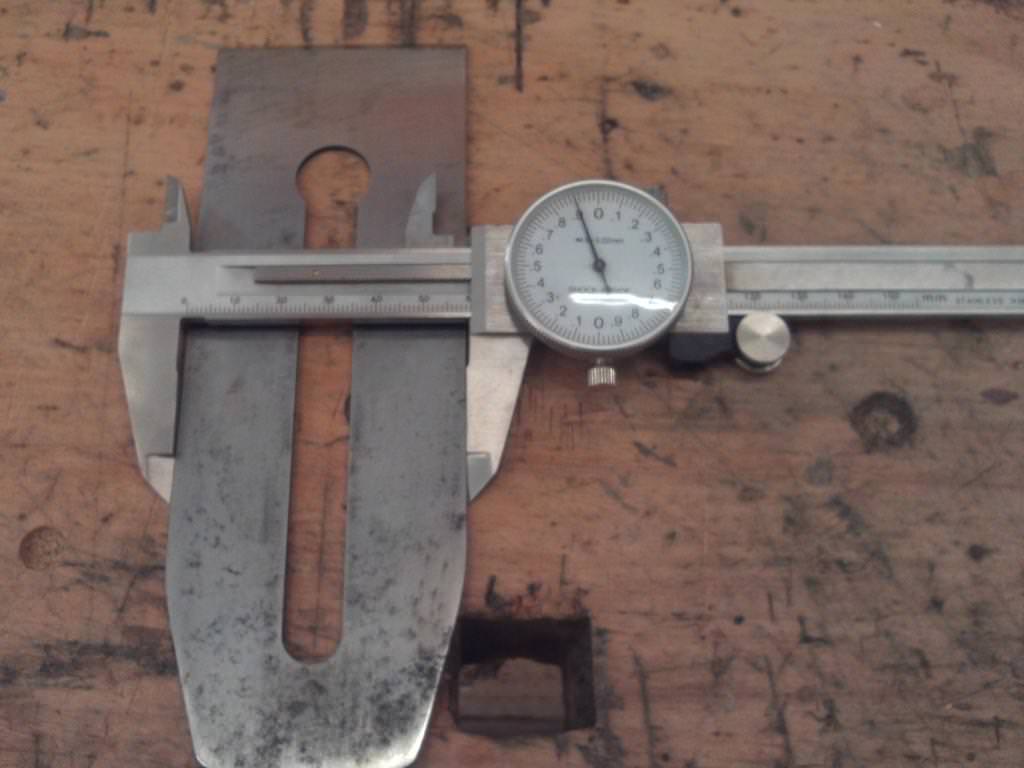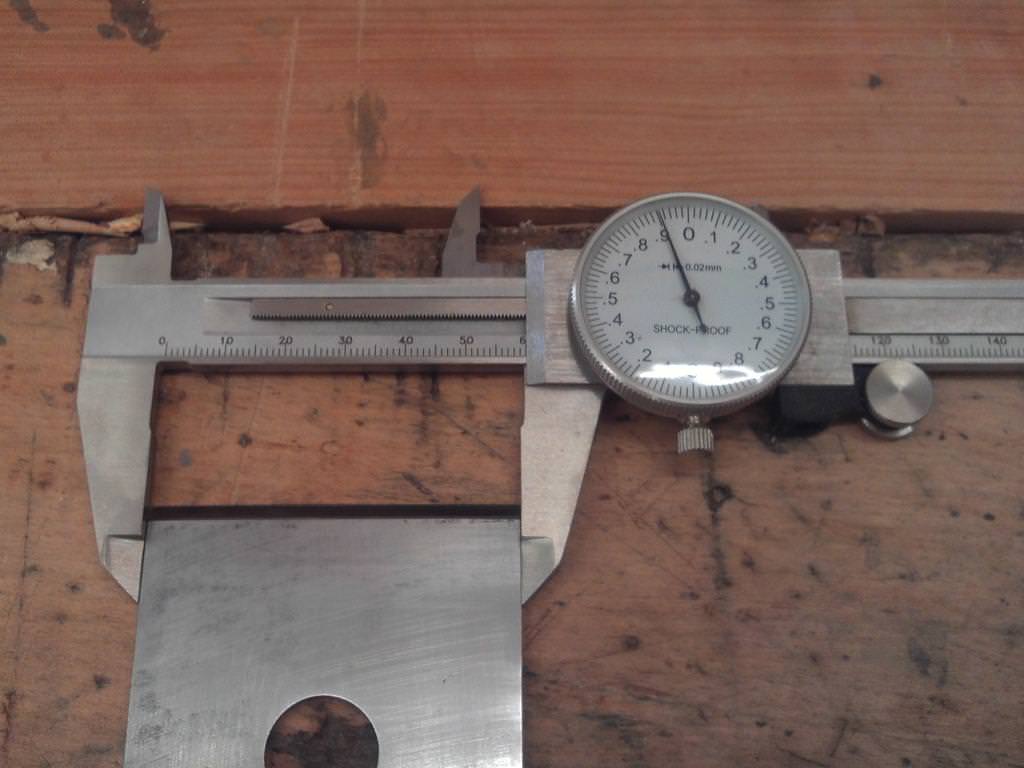MikeG.
Established Member
I bought myself a 5 1/2, in need of a little TLC. As an aside, it had just about the worst possible blade sharpening I have ever seen, being just a little out of square:
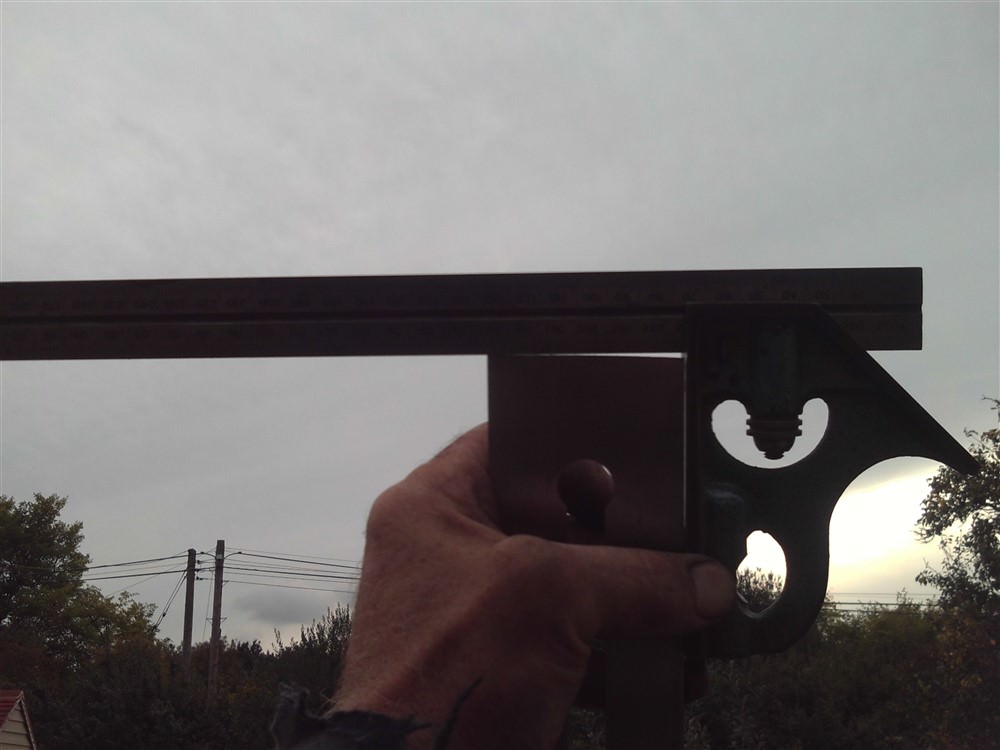
.......and having a huge back bevel. This was 3 or 4 mm wide at the widest part, and was approx the same angle on the back (or front) of the blade as the proper bevel was on the front (or back ):
):
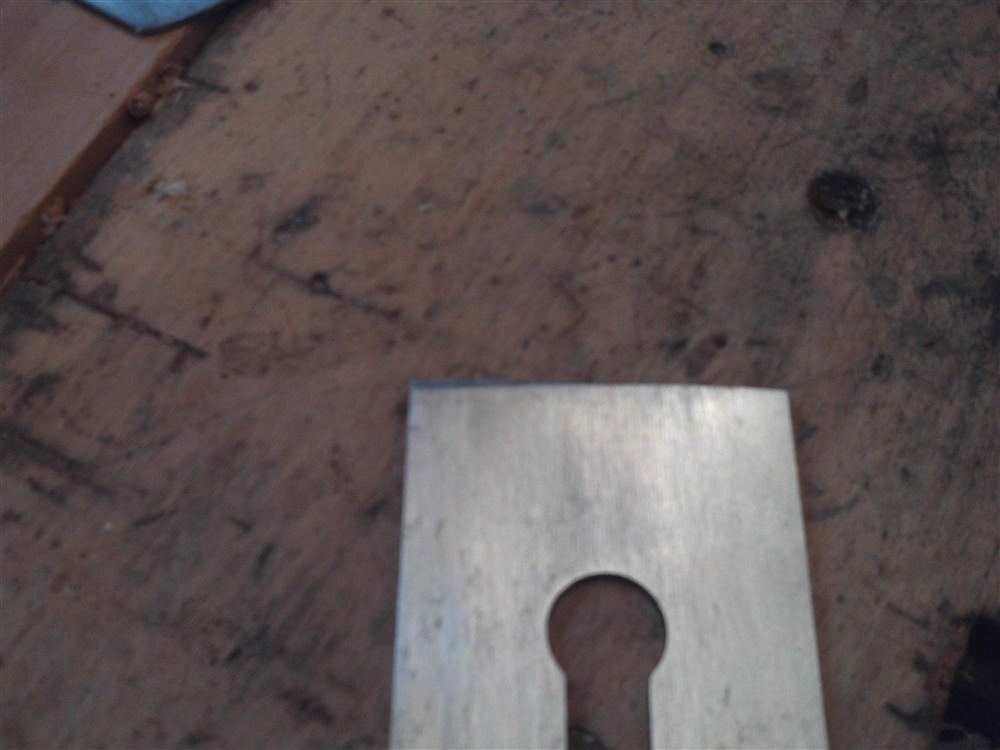
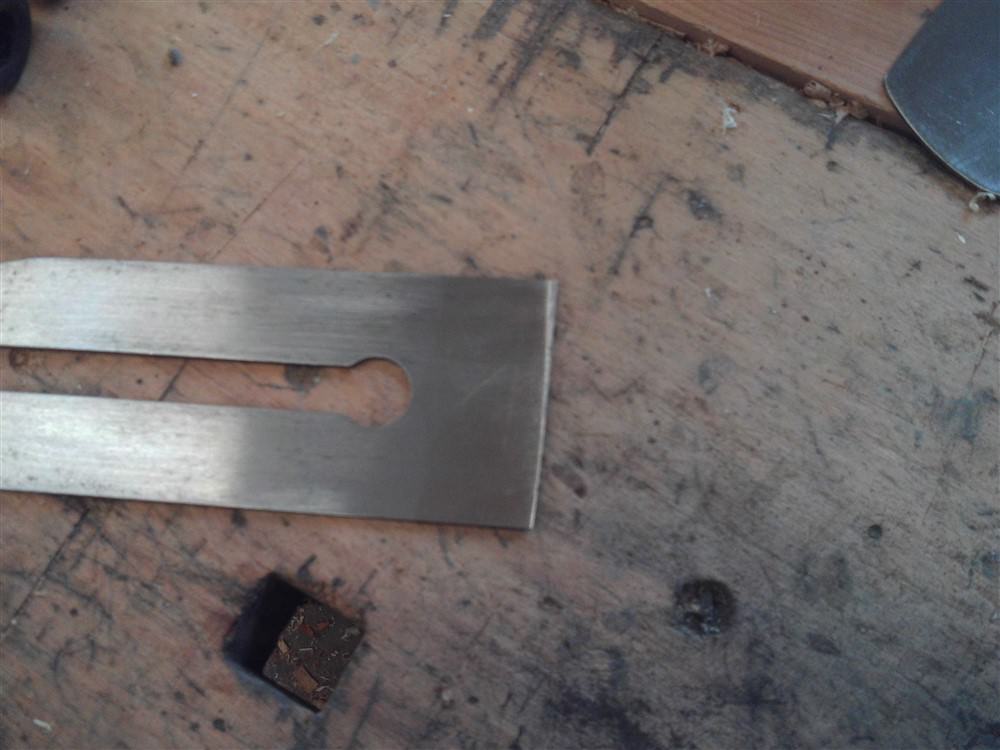
But never mind that. I sorted that out OK. But when it came to cleaning up the sole, I found these lines. They're not from planing, so I can only imagine that they come from someone's clumsy attempt to flatten the sole, or something like that. Does anyone have any ideas as to the cause? (This is the "after" photo, BTW!!)
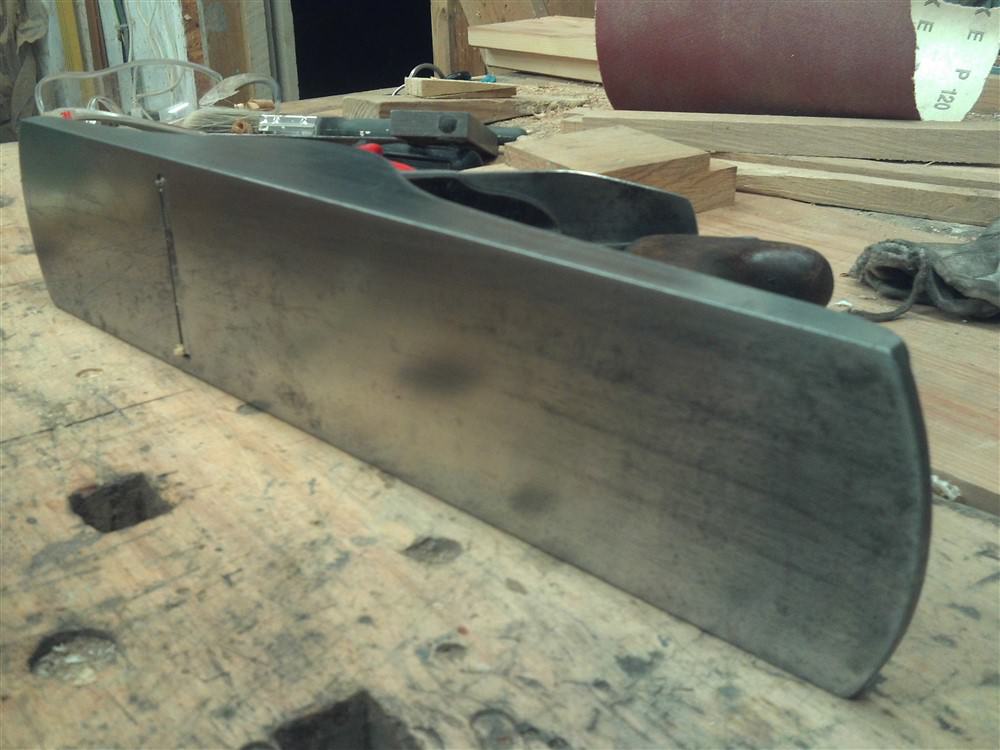

.......and having a huge back bevel. This was 3 or 4 mm wide at the widest part, and was approx the same angle on the back (or front) of the blade as the proper bevel was on the front (or back


But never mind that. I sorted that out OK. But when it came to cleaning up the sole, I found these lines. They're not from planing, so I can only imagine that they come from someone's clumsy attempt to flatten the sole, or something like that. Does anyone have any ideas as to the cause? (This is the "after" photo, BTW!!)


































